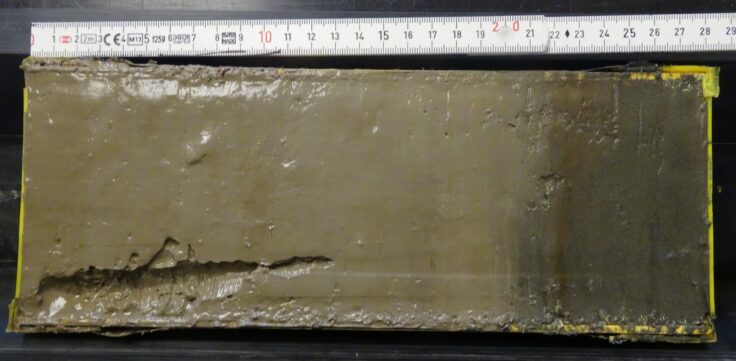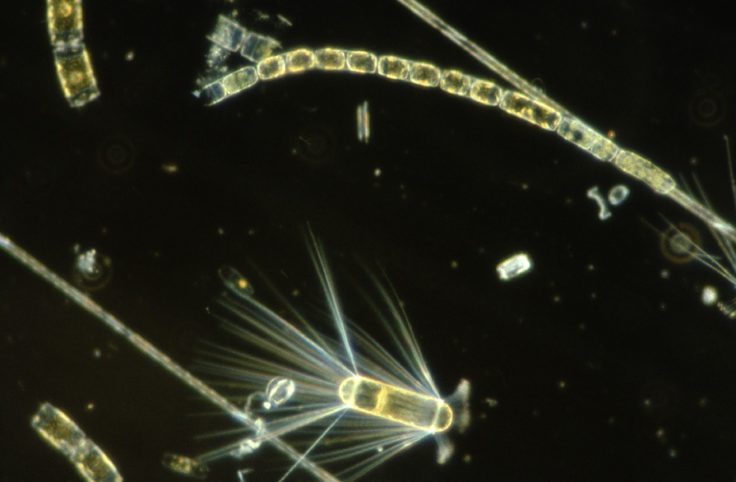Scientists have discovered 1-million-year-old marine DNA in deep-sea sediments of the Scotia Sea, north of the Antarctic continent. This is the oldest DNA recovered of this kind giving insights into past ocean ecosystemwide changes, and will help predict how marine life will respond to climate change now and into the future. Results are published this month (October 2022) in the journal Nature Communications.
The international study team, including researchers from British Antarctic Survey (BAS), found the marine 'sedimentary ancient DNA' (sedaDNA) in sediment samples collected up to 178 metres below the seafloor, during a 2019 International Ocean Discovery Program (IODP) expedition.
"The fragments are the oldest authenticated marine sedaDNA discovered to date - and these have been preserved due to factors like very low temperatures and oxygen
concentrations, and an absence of UV radiation," said Dr Linda Armbrecht, IMAS researcher and lead author of the study.
"To analyse these fragments, we use a new technique called sedaDNA analysis, which can help us decipher what has lived in the ocean in the past and when, across multiple ice-age
cycles. With this knowledge, we can better predict how marine life around Antarctica will respond to ongoing climate change," she said.

Among the organisms detected in the sediment were diatoms, a type of phytoplankton that are the basis of many marine food webs. Dated back to around 540,000 years ago, the
diatom sedaDNA data showed they were consistently abundant during warm climatic periods.
Study co-author, Dr Michael Weber from the University of Bonn in Germany, said the last change like this in the Scotia Sea's food web occurred about 14,500 years ago.
"This interesting and important change is associated with a world-wide and rapid increase in sea levels and massive loss of ice in Antarctica due to natural warming - warming that
apparently caused an increase in ocean productivity around Antarctica at that time."

The study demonstrates that marine sedaDNA analyses can be expanded to hundreds of thousands of years, opening the pathway to investigating ecosystem-wide ocean shifts and
paleo-productivity phases throughout multiple glacial-interglacial cycles. Antarctica is one of the most vulnerable regions to climate change on Earth, so studying this polar marine ecosystem's past and present responses to environmental change is a matter of urgency," Dr Armbrecht said.
Climate scientist and BAS co-author Dr Claire Allen, said:
"This is an exciting discovery because it shows we can extract ancient DNA from Southern Ocean sediments up to a million years old, much older than previously achieved. This is important because sedaDNA (sedimentary ancient DNA) can tell us about marine organisms that do not form fossils, including species such as krill that are a critical food source for penguins, seals and whales."
The international study was funded by the Australia-New Zealand IODP Consortium (ANZIC), Australian Research Council, German Research Foundation, British Natural Environmental Research Council and United States National Science Foundation.
Ancient marine sediment DNA reveals diatom transition in Antarctica is published in the journal Nature Communications here






